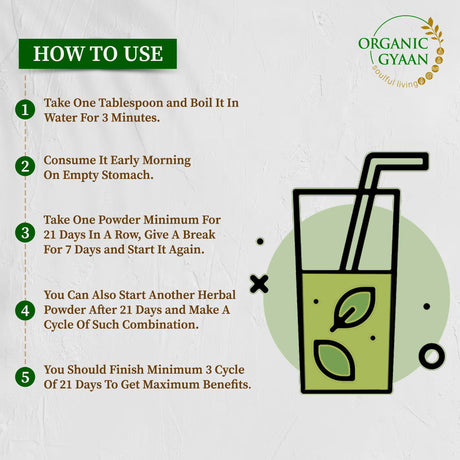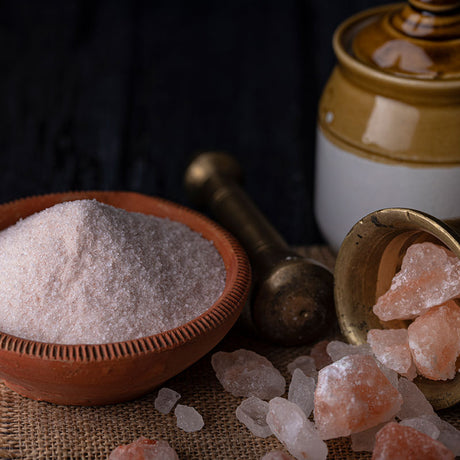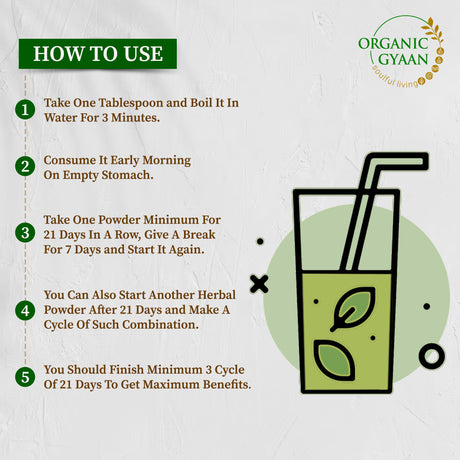Did you know that heart disease is the leading cause of death among women globally, including in India?
Heart disease, often seen as a men's health issue, is equally dangerous for women. Heart disease includes several different conditions that can affect your heart and blood vessels. These include coronary artery disease, heart attacks, heart failure, and arrhythmias. The symptoms and risk factors can be different and less recognized in women, making it crucial to understand these differences. Early signs of heart disease in women can be subtle, but recognizing them can be life-saving. In this blog, we will explore heart attack symptoms in women, risk factors, and natural remedies to help manage and prevent heart disease effectively.
Pre Heart Attack Symptoms in Female
Heart attack symptoms in women can be different from those in men. While chest pain or discomfort is a common symptom for both, women are more likely to experience other symptoms that might not be immediately recognized as heart-related. Here are some key signs of a heart attack in women:
1. Chest Pain or Discomfort: This is the most common symptom, but women may experience it differently. It might feel like squeezing, fullness, or pressure, rather than sharp pain.
2. Shortness of Breath: This can happen with or without chest discomfort and is often mistaken for anxiety or stress.
3. Nausea or Vomiting: Women might feel nauseated or even vomit during a heart attack.
4. Back or Jaw Pain: Unexplained pain in the back or jaw can be a sign of a heart attack in women.
5. Pain in Arms or Shoulder: Discomfort or pain spreading to the arms or shoulder can be a symptom.
6. Lightheadedness or Dizziness: Feeling lightheaded or dizzy is another symptom that should not be ignored.
7. Unusual Fatigue: Extreme tiredness that is not related to physical or mental exertion.
Risk Factors for Heart Disease in Women
Several factors can increase the risk of heart disease in women. Understanding these risk factors can help in taking preventive measures. Here are some common risk factors:
1. High Blood Pressure
High blood pressure is a major risk factor for heart disease. It puts extra strain on the heart and arteries, leading to damage over time. This can cause the arteries to harden and narrow, reducing the flow of blood and oxygen to the heart. Managing blood pressure through diet, exercise, and medication can reduce this risk.
2. High Cholesterol
Having high levels of LDL (bad) cholesterol can lead to plaque buildup in the arteries, increasing the risk of heart disease. Plaque can narrow or block arteries, reducing blood flow to the heart and increasing the risk of heart attacks. Regular health checks and a healthy diet can help manage cholesterol levels.
3. Diabetes
Women with diabetes are at a higher risk of heart disease compared to men with diabetes. The condition affects the blood vessels and increases the likelihood of developing heart disease. High blood sugar levels can damage blood vessels and nerves that control the heart, making it essential to manage diabetes effectively.
4. Smoking
Smoking is a major risk factor for heart disease. It damages the lining of the arteries, leading to atherosclerosis (hardening of the arteries). This can cause reduced blood flow and increase the risk of blood clots. Quitting smoking is one of the best ways to lower the risk of heart disease.
5. Obesity
Excess weight, especially around the abdomen, increases the risk of heart disease. It is often associated with high blood pressure, high cholesterol, and diabetes. Maintaining a healthy weight through a balanced diet and regular exercise can significantly reduce this risk.
6. Lack of Physical Activity
A sedentary lifestyle contributes to the risk of heart disease. Regular physical activity helps maintain a healthy weight and lowers blood pressure and cholesterol levels. It also improves overall cardiovascular health and reduces stress.
7. Family History
A family history of heart disease increases the risk, especially if a close relative developed heart disease at an early age. Genetics can play a role in high cholesterol, high blood pressure, and other risk factors. Awareness and regular health screenings are crucial for those with a family history of heart disease.
8. Menopause
Post-menopausal women have a higher risk of heart disease due to a decrease in estrogen levels, which offers some protection against heart disease. The reduction in estrogen can lead to higher LDL cholesterol and lower HDL cholesterol levels. Maintaining a healthy lifestyle can help mitigate this risk.
Natural Remedies to Manage and Prevent Heart Disease
Managing and preventing heart disease involves lifestyle changes and natural remedies. Here are some effective strategies:
1. Eat a Heart-Healthy Diet
A diet rich in fruits, vegetables, whole grains, and lean proteins can help reduce the risk of heart disease. Here are some specific foods and nutrients to focus on:
-
Oats: Rich in soluble fiber, which helps reduce LDL cholesterol. Including oats in your diet can improve heart health.
-
Berries: High in antioxidants and fiber, promoting heart health. Berries can reduce oxidative stress and inflammation.
-
Leafy Greens: Spinach, kale, and other leafy greens are rich in vitamins, minerals, and antioxidants. They can improve arterial function and lower blood pressure.
-
Nuts and Seeds: Almonds, walnuts, flaxseeds, and chia seeds are good sources of healthy fats and fiber. They can lower cholesterol levels and reduce the risk of heart disease.
-
Legumes: Beans, lentils, and chickpeas are high in fiber and protein, helping to maintain healthy cholesterol levels. They can also help in weight management and reduce blood sugar levels.
2. Regular Exercise
Aim for at least 150 minutes of moderate-intensity exercise per week. Activities like brisk walking, swimming, and cycling can improve heart health. Yoga and meditation can also help reduce stress, a significant risk factor for heart disease. Regular exercise improves cardiovascular fitness and helps control weight, cholesterol, and blood pressure.
3. Maintain a Healthy Weight
Keeping a healthy weight reduces the risk of high blood pressure, high cholesterol, and diabetes, all of which are risk factors for heart disease. Focus on a balanced diet and regular exercise to achieve and maintain a healthy weight. Even a small amount of weight loss can have significant health benefits.
5. Manage Stress
Chronic stress can lead to heart disease. Practice relaxation techniques such as deep breathing, meditation, and yoga to manage stress effectively. Reducing stress can lower blood pressure and improve overall heart health. Find healthy ways to cope with stress, such as hobbies, exercise, or talking to a friend.
6. Get Regular Health Screenings
Regular health check-ups can help detect and manage risk factors for heart disease. Monitor your blood pressure, cholesterol levels, and blood sugar regularly. Early detection and management of these risk factors can prevent heart disease and improve overall health.
Conclusion
Heart disease is a leading cause of death among women, but understanding the symptoms, risk factors, and natural remedies can help in managing and preventing this condition. Recognizing heart attack symptoms in women, adopting a heart-healthy lifestyle, and making informed choices can significantly reduce the risk of heart disease.
Take charge of your heart health today. Make small changes to your lifestyle and stay informed about your health. Your heart will thank you!
By following the tips and strategies shared in this blog, you can naturally manage and prevent heart disease, leading to a healthier and happier life.






















